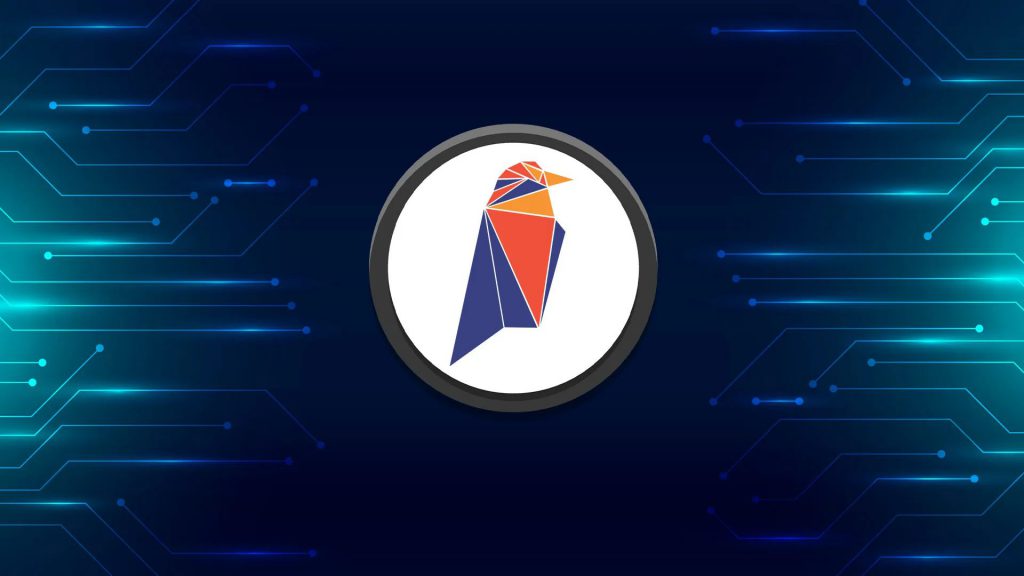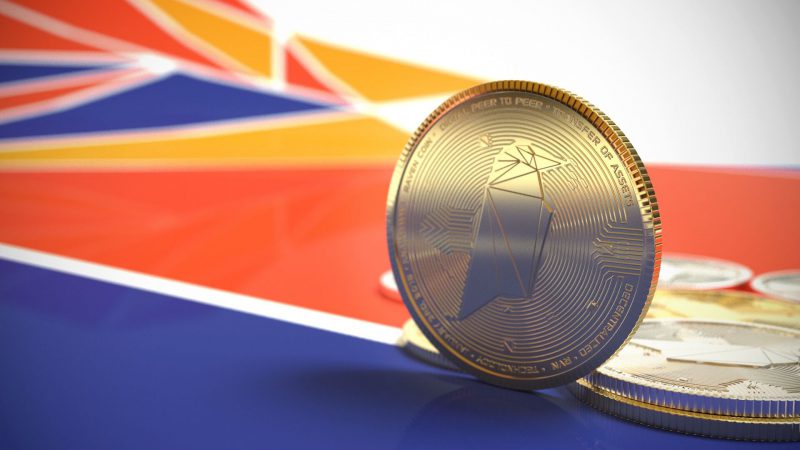Ravencoin is a digital asset based on a fork of Bitcoin. This means it uses a lot of identical technology, with some minor differences from BTC. The coin made its debut in 2018 as a proof-of-work blockchain.
RVN was designed to act as a facilitator for the issuance of tokens. Ravencoin tokens are useful for many different things, such as portraying real-world assets and NFTs. In terms of overall market capitalization, Ravencoin shot up into the top 100 cryptocurrencies in 2021. Here’s everything you need to know about the growing cryptocurrency.


What is Ravencoin (RVN)?
Ravencoin (RVN) is a peer-to-peer network that acts as a digital network to make asset transfers between users more efficient. It is a bitcoin code fork. The project was put on display in October 2017 and went public in January 2018.
Most significantly, Ravencoin is made to be mined by a normal computer. When validating and adding new blocks for the majority of the cryptocurrencies, miners use specialized hardware to solve challenging math problems. In return, the miners get compensation for the task they do.


RVN Mining
Although Ravencoin’s developers made a number of significant changes to the protocol to allow for the formation and transactions of tokens launched on the network, the BTC and RVN designs are broadly comparable.
Like Bitcoin, Ravnecoin utilizes the proof-of-work consensus for the security of its network. RVN’s mining algorithm was earlier the X16R. The main distinction is that KAWPOW, a different hashing algorithm, replaced X16R and X16RV2 in May 2020).
The KAWPOW algorithm supports more decentralization by being ASIC-resistant. Hence, it is more accessible to people without the expensive hardware required to mine the majority of other blockchains. This allows for a more decentralized form of mining as compared to Bitcoin.
The blockchain comes as a handy option for firms that are trying to launch a token for asset transfer. If you are looking to mine RVN, read our RVN mining guide.





